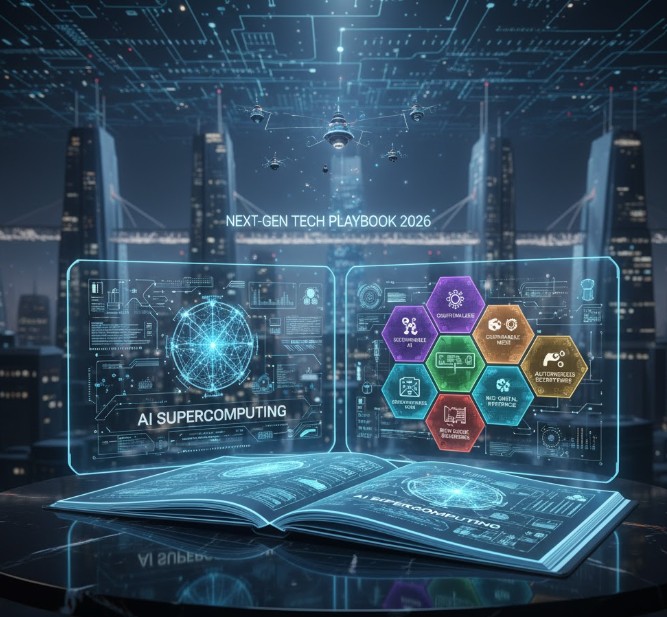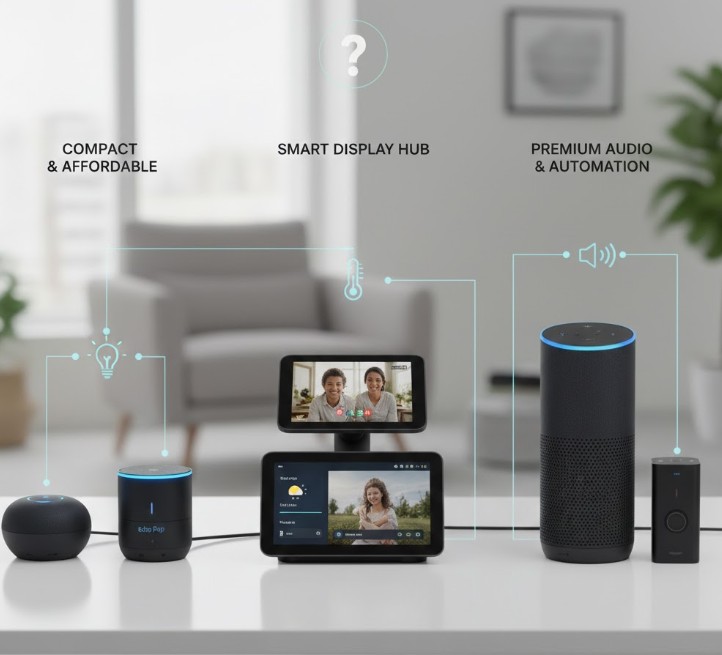2026 is the tipping point as companies adopt the strength of AI supercomputing platforms—technology that integrates CPUs, GPUs, AI-designed hardware and orchestration software to support demanding workloads such as ML training, simulation and analytics.
For corporations, the transition is not merely testing but integrating these capabilities into strategic processes to drive innovation, lead markets and anticipate-proof business models.
Multi-Agent Systems Transform Business Process Automation
Multi-agent systems (MAS), networks of intelligent agents collaborating to perform sophisticated tasks, make decisions and automate processes, are one of the leading trends in 2026.
Organizations can now offload routine decisions and sub-processes to expert agents, freeing human teams to devote themselves to strategy, innovation and high-value work. The result: more responsive operations, quicker execution and reduced risk.
Domain-Specific Language Models Increase Industry Precision
Generic AI models are no longer sufficient. Companies are shifting to domain-specific language models (DSLMs) that are specific to their industry or function—providing greater accuracy, greater compliance and lower expense.
Whether finance, healthcare, manufacturing or supply chain, embracing DSLMs involves communicating in the language of your industry and making AI a strategic engine instead of a novelty.
AI-Native Development Platforms Speed Innovation Pace
Development platforms with AI at their foundation are allowing non-traditional teams to develop applications quicker, at lower cost. AI-native development platforms are engaging business domain experts and small “fusion” teams to work with AI and deliver solutions at pace.
For businesses committed to scaling digital transformation, this is an important lever: less dependence on legacy engineering and more emphasis on agility and business outcomes.
Confidential Computing Fosters Trust in Sensitive Data Workloads
With data regulation and worldwide compliance escalating, confidential computing—processing data securely even in untrusted environments—is now a strategic imperative.
For multinational corporations, financial organizations or any organization that works with highly regulated data, adopting confidential computing guarantees operational resilience, data sovereignty and trust in the environment.
Physical AI Powers Real-World Machines and Environments
AI is no longer limited to software; physical AI is the next frontier, where intelligence is being embedded in machines, robotics, drones and intelligent equipment.
The trend redefines manufacturing, logistics, infrastructure monitoring, and service models—firms that embrace it early on will redefine operational boundaries and produce new types of value.
Preemptive Cybersecurity Shifts from Defense to Prediction
Cyber threats are becoming increasingly sophisticated. The strategic direction in 2026 is preemptive cybersecurity: shifting from reactive defense to predictive, AI-enabled threat hunting, deception, deterrence and supply-chain risk management.
For business leaders, keeping security aligned with business strategy and regarding resilience as a competitive advantage is now a necessity.
Digital Provenance Guarantees Authenticity in a Connected Era
In an era when software, data, AI models and digital assets replicate in quick time, authenticity is not negotiable. Digital provenance—origin, integrity, and ownership tracking of assets—is becoming center stage.
Companies that infuse provenance frameworks into business stand to lower risk, heighten compliance and establish stakeholder trust from licensing content through supply-chain visibility.
To sum up, businesses that view these eight strategic tech trends—beginning with AI supercomputing platforms—as something greater than buzzwords will be the ones defining their industries in 2026. Technology is a strategic asset, not merely an operational tool.
You May Love Reading This: Motorola Unveils Ultra-Slim Edge 70 to Rival iPhone Air and Galaxy S25 Edge
News Source: PCmag.com







Leave a Reply